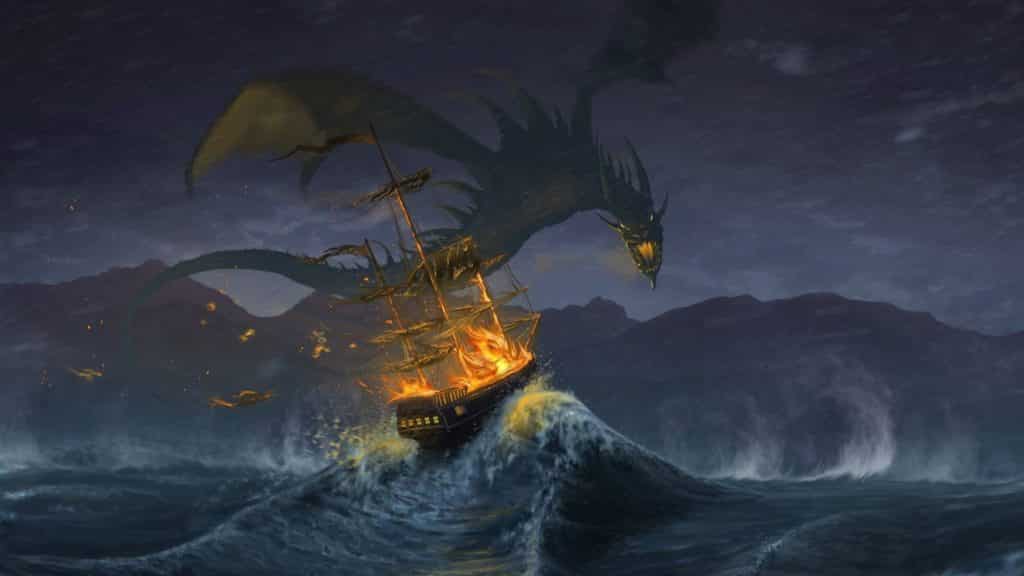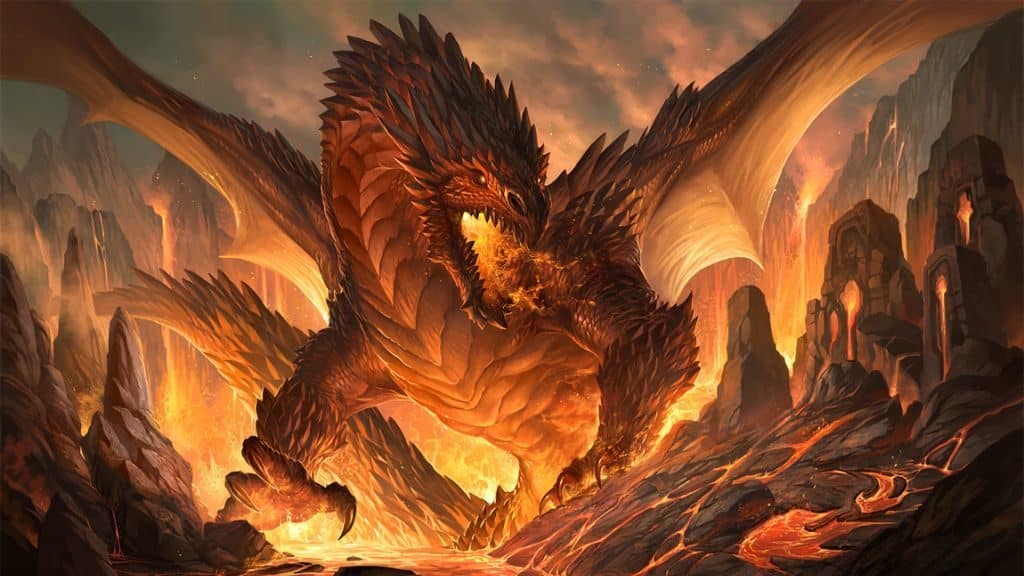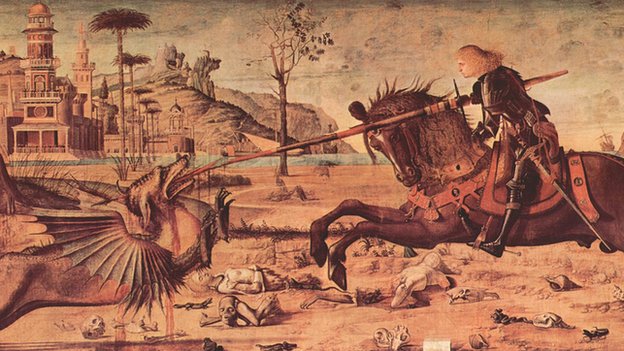Chinese mythology is rich with stories of dragons, powerful creatures revered for their wisdom and strength. Among the various dragon mythologies, the nine sons of the dragon hold a significant place. Each son possesses unique characteristics and represents different aspects of Chinese culture and beliefs. Join us on this enchanting journey as we delve into the mythical tales of these legendary creatures.
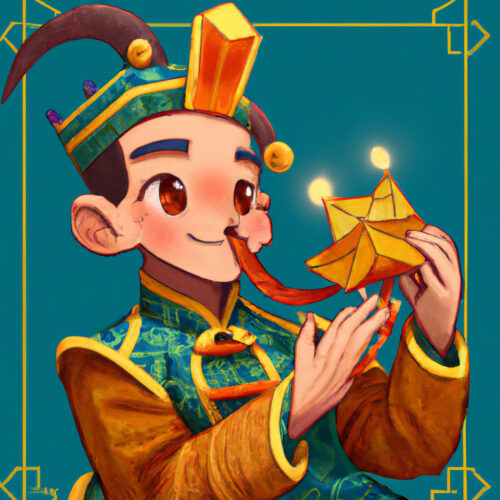
The First Son: Ao Guang
Ao Guang, also known as the Dragon King of the East Sea, is the first son of the dragon. He governs the sea and embodies its immense power. In Chinese mythology, he occupies a pivotal role in protecting sailors and controlling the weather. Legend has it that he can transform into a human form and interact with mortals.
The Second Son: Ao Qin
Ao Qin is the Dragon King of the South Sea, known for his majestic appearance and benevolent nature. He governs the southern seas and is associated with the element of fire. According to mythological tales, he is often depicted as a dragon with a flaming pearl, symbolizing abundance and prosperity.
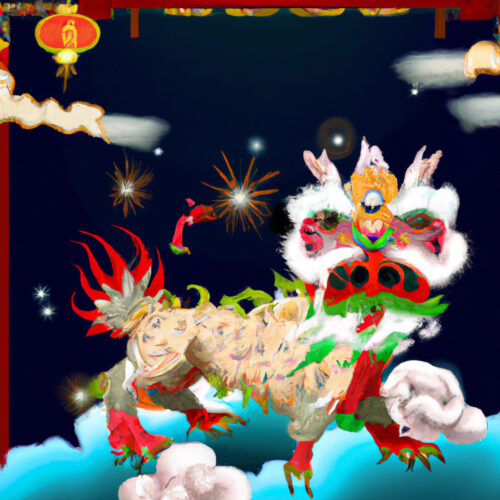
The Third Son: Ao Run
Ao Run is the Dragon King of the West Sea, representing the element of metal. He holds the power to control floods and is often depicted with a water-spouting ornamental fish. In Chinese art, he is shown adorned with exquisite armor, symbolizing his role as a protector and defender.
The Fourth Son: Ao Shun
Ao Shun, also known as the Dragon King of the North Sea, governs the northern waters. He is associated with the element of wood and often portrayed with a pearl, signifying his control over the tides. According to folklore, he is responsible for the protection of marine life and the balance of ecosystems.

The Fifth Son: Ao Guang
The fifth son of the dragon, Ao Guang, is known as the Dragon King of the Center Sea. He represents the element of earth and is considered the most powerful among his siblings. He safeguards the central seas and is often depicted with a treasure pot, symbolizing wealth and prosperity.
The Sixth Son: Ao Jun
Ao Jun, the Dragon King of the Sky, is associated with the element of air. He rules over the celestial realm and ensures harmony between heaven and earth. In Chinese mythology, he is often depicted riding a dragon and holding a celestial staff, signifying his authority over the skies.
The Seventh Son: Ao Ming
Ao Ming, the Dragon King of Justice, is renowned for his sense of righteousness and unwavering dedication to maintaining moral order. He is often depicted with a flaming sword, symbolizing his commitment to justice and his role as a defender against evil forces.
The Eighth Son: Ao Guang
Ao Guang, the Dragon King of the Rain, holds dominion over rain and clouds. He ensures the balance of weather patterns and agricultural prosperity. In Chinese culture, he is associated with good fortune and is often depicted carrying a rain urn, representing his ability to provide nourishment and fertility.
The Ninth Son: Ao Kuang
Ao Kuang, also known as the Dragon King of All Seas, oversees all the seas and commands the authority of the dragon clan. He is often depicted wearing a crown and holding a sword, symbolizing his leadership and power. He embodies control and wisdom, ensuring the peace and tranquility of water realms.
Exploring Chinese mythology and the nine sons of the dragon takes us on a captivating journey through ancient tales and folklore. These mythical creatures reflect the cultural beliefs, values, and connections to nature deeply rooted in Chinese history. The importance of dragons in Chinese culture extends beyond myth and legend, as they continue to be revered and celebrated in various forms of art, literature, and rituals.
For further information on Chinese mythology and dragons, consider exploring the Chinese Dragon entry on Britannica. This comprehensive resource provides a deeper understanding of dragon symbolism, cultural significance, and its portrayal in different Chinese dynasties.
You may also find it intriguing to learn about other creatures in Chinese mythology such as the Qilin, a mythical hooved creature with an auspicious nature, and the Fenghuang, a mystical bird often associated with virtue, grace, and longevity.
Chinese mythology is a vast realm of enchanting stories and magical beasts. So, dive into the world of dragons and explore the depths of Chinese culture, where ancient legends come to life.

